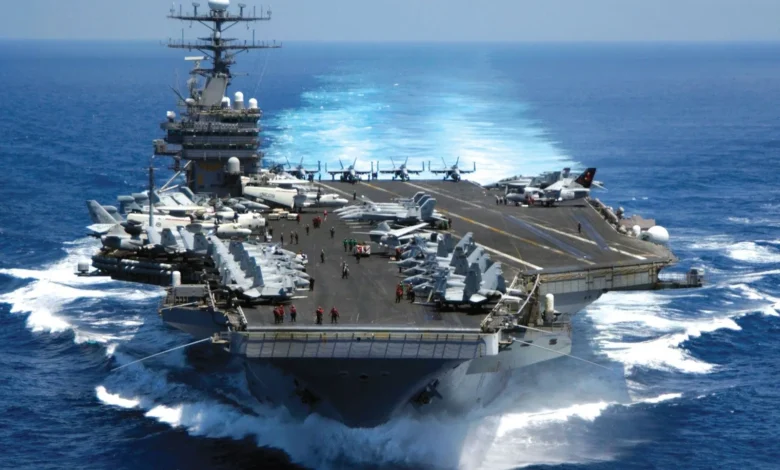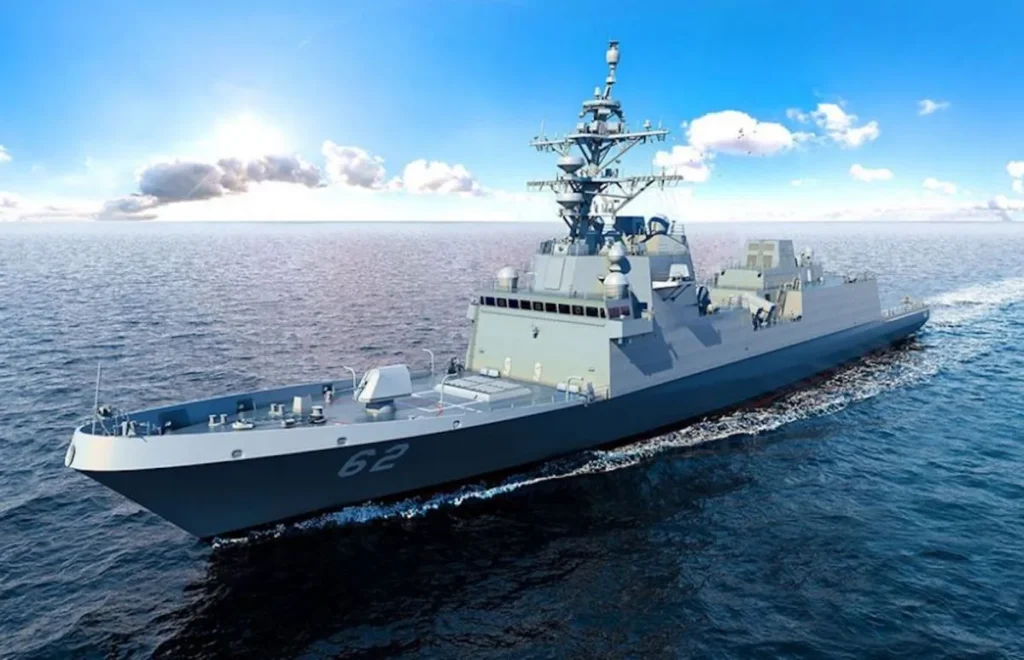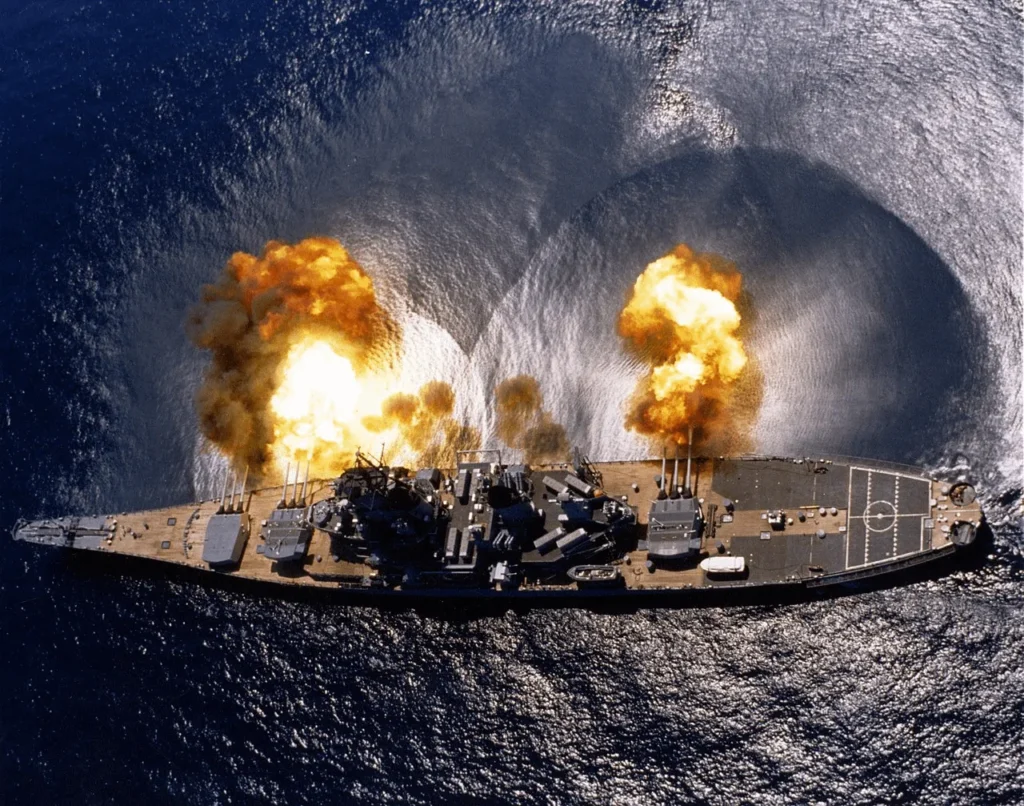Hawthorn M Class hms Mentor Destroyers A 2024 Professional Review

The Hawthorn M Class hms Mentor destroyers are notable in naval history for their significant contributions during World War I. These ships were designed to enhance the Royal Navy’s fleet with advanced features for their time. The Hawthorn M-class MentorMansfield destroyers, built during the early 20th century, were recognized for their speed, firepower, and distinctive design, which made them formidable adversaries on the high seas. This guide delves into their design, specifications, service history, and lasting impact.
Design and Construction
The Hawthorn M-class MentorMansfield destroyers were constructed by Hawthorn Leslie and Company, a prominent shipbuilding firm located in Hebburn on Tyne. These destroyers were part of the Royal Navy’s 1913-14 Programme, aimed at expanding naval capabilities in anticipation of World War I.
One of the most striking features of the Hawthorn M-class MentorMansfield destroyers was their four-funnel configuration. This design choice was unique at the time, as most destroyers of the period had three funnels. The four-funnel design was not only aesthetically distinctive but also a functional feature that contributed to the ship’s overall performance. The Hawthorn M-class MentorMansfield destroyers were the last of the four-funnel destroyers built for the Royal Navy, aside from the Leaders, marking a significant moment in naval engineering.
These destroyers were designed to be fast and agile, with a focus on enhancing the Royal Navy’s operational capabilities. The design included various modifications from the Admiralty M-class, reflecting a tailored approach to meet the specific needs of the Royal Navy during the war.
Specifications
The Hawthorn M-class MentorMansfield destroyers were built with impressive specifications that underscored their effectiveness in naval combat. Here are some key details:
- Displacement: 1,057 long tons
- Length: 271 feet 6 inches
- Beam: 27 feet 6 inches
- Draught: 10 feet 6 inches
These dimensions allowed the destroyers to maneuver swiftly in various maritime environments. The ships were powered by Yarrow-type boilers and Parsons I.R. steam turbines, enabling them to achieve speeds of up to 35 knots. This speed was crucial for their role in patrolling and engaging enemy vessels, allowing them to respond quickly to threats.
In terms of armament, the Hawthorn M-class MentorMansfield destroyers were equipped with three QF 4-inch Mark IV guns, a single QF 2-pounder “pom-pom” Mk.II, and two twin 21-inch torpedo tubes. This armament provided the destroyers with significant firepower, making them effective in a variety of combat scenarios.
Technological Innovations of the Hawthorn M-Class MentorMansfield Destroyers
The Hawthorn M-class MentorMansfield destroyers were at the forefront of technological innovation during their era. One of the most notable advancements was their propulsion system. Equipped with Yarrow-type boilers and Parsons I.R. steam turbines, these destroyers could achieve impressive speeds of up to 35 knots.
This speed was crucial for their roles in patrolling and engaging enemy vessels. The propulsion system demonstrated the cutting-edge engineering of the time, reflecting the Royal Navy’s commitment to technological excellence.

In addition to their advanced propulsion system, the Hawthorn M-class MentorMansfield destroyers featured formidable weapons. Additionally, their armament included QF 4-inch Mark IV guns and twin 21-inch torpedo tubes, which provided them with significant firepower. This armament made the destroyers effective in various combat scenarios and showcased the era’s advancements in naval weaponry.
The technological innovations of the Hawthorn M-class MentorMansfield destroyers not only enhanced their combat capabilities but also influenced future naval shipbuilding efforts. The lessons learned from the design and operation of these destroyers contributed to the development of more advanced naval vessels in subsequent years.
Legacy
The Hawthorn M-class of the MentorMansfield destroyers has tradition that can be described as invincible. These ships were indeed a new revolution in the naval engineering and ship design. Their a distinct four funnel and the heavy weaponry distinguished them from other destroyers of the same era.
The Hawthorn M-class MentorMansfield destroyers were a testament to the Royal Navy’s commitment to enhancing its fleet with cutting-edge technology and design. Additionally, their advanced propulsion systems and armament reflected the era’s technological advancements and set a new standard for naval warfare capabilities.
In addition to their technological innovations, the Hawthorn M Class hms Mentor destroyers influenced future naval shipbuilding efforts. The design and operational experiences of these destroyers provided valuable insights that contributed to the development of subsequent classes of naval vessels.
Service History
The Hawthorn M-class MentorMansfield destroyers were HMS Mentor and HMS Mansfield which served in World War I. The two ships were actively engaged in several operations which were crucial in the defense of the maritime interests of Great Britain.
The HMS Mentor was commissioned on the twenty first of August 1914 and was finished in January 1915. That was under the Harwich Force which was based in the North Sea. This force was particularly important because they helped to defend the British coast and fight the German naval forces, (Harwich Force). HMS Mentor took part in several major actions, in which such virtues as high speed and powerful armament were useful.
One of the launch ships which had a rather interesting history to it was the HMS Mansfield which was launched on December 3, 1914 and was completed in April 1915. In the same way as Hawthorn M Class hms Mentor. HMS Mansfield participated in several undertakings in the North Sea and the English Channel. The destroyer also gave its side the crucial element in asserting control over these important water regions. HMSS Mentor and Mansfield did not end up scrapped. During the war and they were sold for scrapping in the early 1920s.

The use of the Hawthorn M-class: MentorMansfield destroyers can also be seen from the service history of these vessels in combat and their support for the Royal Navy in the course of the war. Their operational success and the part played by the different flotas in epic battles
Conclusion
Therefore, the Hawthorn M Class hms Mentor destroyers were great ships capable of serving the Royal Navy of Great Britain. During the critical moments of the world’s history – the First World War. Their key characteristics and meritorious activities pave their way to the echelon of historical vessels indispensable for studying naval history. Additionally, the Hawthorn M-class MentorMansfield destroyers nicely illustrate the qualities that the Royal Navy displayed at the time.
The above destroyers show the importance of these destroyers and the roles that they played in progressing naval engineering and design. These assets are valuable in naval conflicts and their appropriations to the next phase of ship designing proved. They played crucial roles in the development of naval technology. Hawthorn M-class MentorMansfield’s destroyers rem
Also Read: Canvas Oregon State





